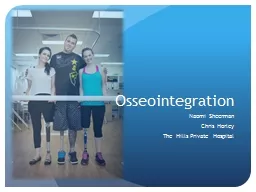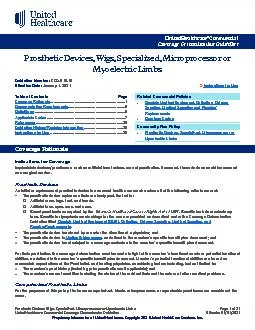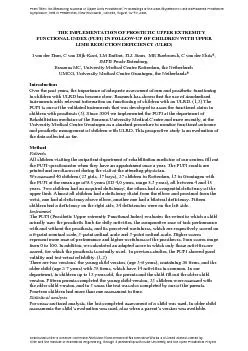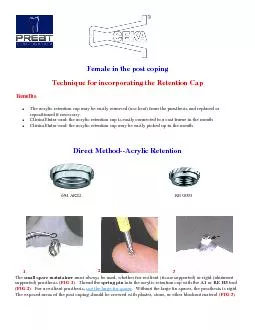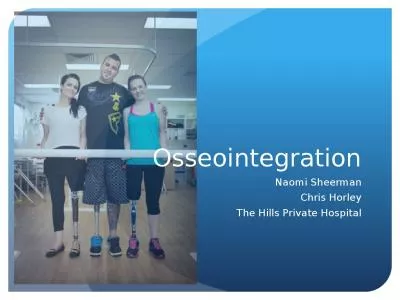PPT-Prosthesis Design and Control
Author : pamella-moone | Published Date : 2015-10-17
Introduction Fall 2014 Earliest amputation recorded by Herodotus Greek historian 480 BC Persian soldier Hegesistratus arrested by Spartans facing torture and execution
Presentation Embed Code
Download Presentation
Download Presentation The PPT/PDF document "Prosthesis Design and Control" is the property of its rightful owner. Permission is granted to download and print the materials on this website for personal, non-commercial use only, and to display it on your personal computer provided you do not modify the materials and that you retain all copyright notices contained in the materials. By downloading content from our website, you accept the terms of this agreement.
Prosthesis Design and Control: Transcript
Download Rules Of Document
"Prosthesis Design and Control"The content belongs to its owner. You may download and print it for personal use, without modification, and keep all copyright notices. By downloading, you agree to these terms.
Related Documents


